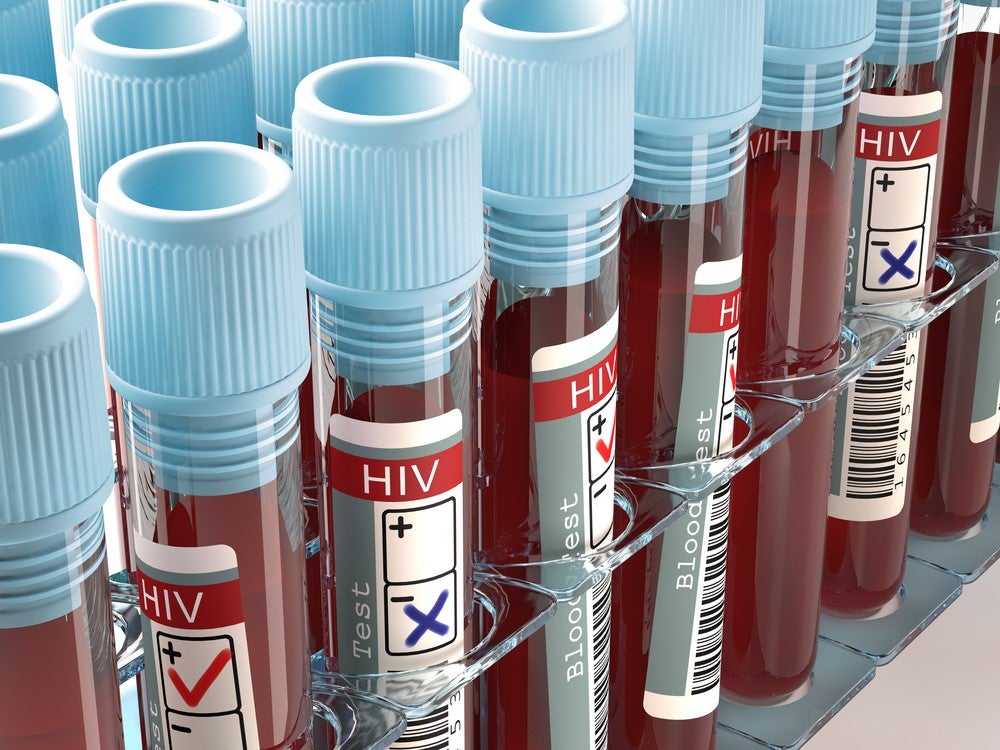
A second patient has been cleared of the most aggressive, common form of human immunodeficiency virus (HIV), HIV-1 following a bone marrow transplant from a donor with a rare genetic mutation, which prevents expression of the most common HIV-1 receptor, CCR5.
Although this treatment approach is not appropriate for all HIV patients due to the toxicity associated with chemotherapy, it could offer a potential new approach to HIV treatment to allow patients to move away from life-long antiretroviral (ARV) therapy.
Chemotherapy is known to be effective against HIV because it kills any dividing cells and was used alongside the stem cell transplants in both patients in remission.
The study was carried out at University College London and Imperial College London, with support from the University of Cambridge and the University of Oxford. It was funded by the Medical Research Council, Wellcome, the Foundation for AIDS Research, and the National Institute for Health Research (NIHR) Biomedical Research Centres.
The patient, referred to as the ‘London patient’, was diagnosed with HIV in 2003, and started ARV therapy in 2012, he was diagnosed with Hodgkin’s lymphoma that same year.
In 2016, the patient underwent a haematopoietic stem cell transplant from a donor with two copies of the genetic mutation that prevents expression of the CCR5 receptor, as well as chemotherapy. People who have two mutated copies of CCR5 gene are resistant to HIV-1 as the virus cannot enter host cells.

US Tariffs are shifting - will you react or anticipate?
Don’t let policy changes catch you off guard. Stay proactive with real-time data and expert analysis.
By GlobalDataARV therapy was stopped 16 months after the transplant to test if the patient was in remission.
The London patient has sustained HIV-1 remission for 18 months after stopping the use of ARVdrugs. His viral load remained undetectable according to tests developed by Professor Andrew Lever and his team at the Department of Medicine at the University of Cambridge
Lever said: “This is the most reliable assay there is to demonstrate that there really are no hidden reservoirs of HIV that might be temporarily ‘sleeping’ and might reactivate at a later date.”
This success occurred ten years after the first patient was cleared of HIV. The first patient, known as the ‘Berlin patient’, underwent a stem cell transplant from a donor with mutations in two CCR5 genes for leukaemia.
University of Cambridge Professor Ravindra Gupta, who led the study while working at UCL, said: “By achieving remission in a second patient using a similar approach, we have shown that the Berlin Patient was not an anomaly, and that it really was the treatment approaches that eliminated HIV in these two people.”
However, Gupta said: “We need to understand if we could knock out this receptor in people with HIV, which may be possible with gene therapy.”
Imperial College London Professor Eduardo Olavarria said: “While it is too early to say with certainty that our patient is now cured of HIV, and doctors will continue to monitor his condition, the apparent success of haematopoietic stem cell transplantation offers hope in the search for a long-awaited cure for HIV/AIDS.”



